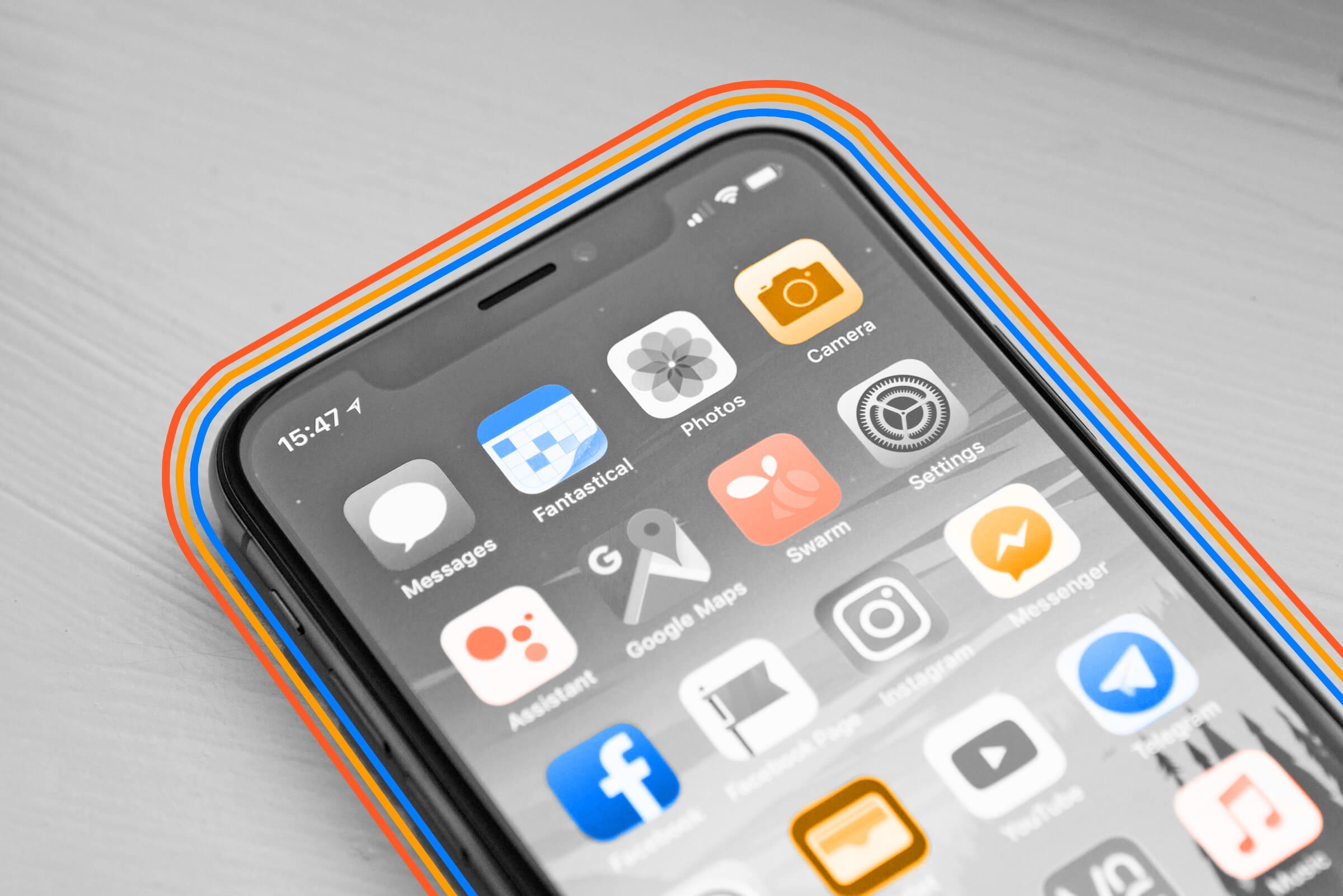
The first smartphone debuted in 1992.
On January 9, 2007, Apple CEO Steve Jobs revealed the iPhone to the world. Since then, Apple’s pricey slab of glass stuffed with technology has become synonymous with the word “smartphone” (sorry, Android fans). But smartphones predate the iPhone by more than a decade. To pinpoint the smartphone’s true birthdate, look back to November 23, 1992, and the introduction of IBM’s Simon at a trade show in Las Vegas. Today, IBM is best known for supercomputers, IT solutions, and enterprise software, but in the ’80s and early ’90s the company was a leader in consumer electronics — a position it hoped to solidify with Simon.
Simon was a smartphone in every sense of the word. It was completely wireless and had a digital assistant, touchscreen, built-in programs (calculator, to-do list, calendar, sketch pad, and more), and third-party apps, something even the original iPhone didn’t have. The idea was so ahead of its time, there wasn't even a word for it yet — “smartphone” wasn’t coined for another three years. Instead, its full name when it debuted to the larger public in 1993 was the Simon Personal Communicator, or IBM Simon for short. But there’s a reason there isn’t a Simon in everyone’s pocket today. For one thing, the phone had only one hour of battery life. Once it died, it was just a $900 brick (technology had a long way to go before smartphones became pocket-sized; Simon was 8 inches long by 2.5 inches wide). Cell networks were still in their infancy, so reception was spotty at best, which is why the Simon came with a port for plugging into standard phone jacks. In the mid-aughts, increases in carrier capacity and the shrinking of electronic components created the perfect conditions for the smartphones most of us know today. Unfortunately for Simon, it was too late.
Famed scientist Nikola Tesla — best known for developing the modern AC electrical system — was also something of a technological soothsayer, accurately describing future tech such as Wi-Fi, self-driving cars, and MRIs several decades before their creation. But in 1926, during an interview with Collier’s magazine, Tesla really channeled his inner Nostradamus when he foresaw a world in which “through television and telephony we shall see and hear one another as perfectly as though we were face to face, despite intervening distances of thousands of miles … a man will be able to carry one in his vest pocket.” Tesla arguably not only foresaw the convergence of different types of technology, i.e. television and telephones, into one device, but also predicted the eventual miniaturization of these technologies into something pocket-sized. In fact, the only thing slightly inaccurate in this prediction is Tesla’s belief that vests would still be in fashion.

